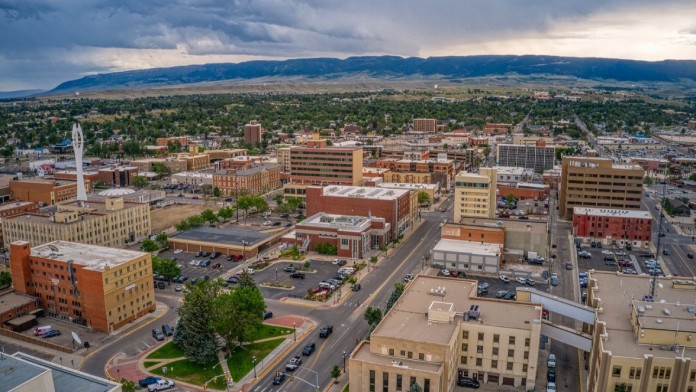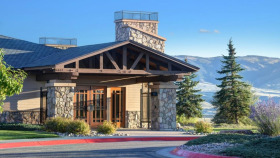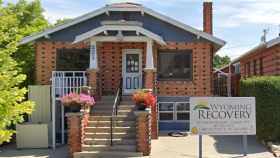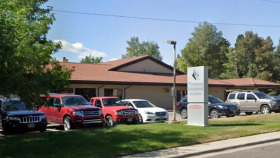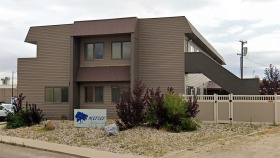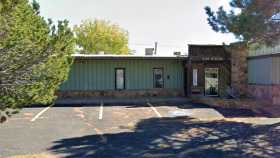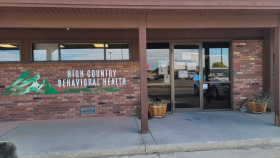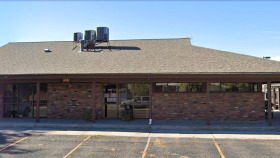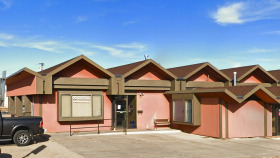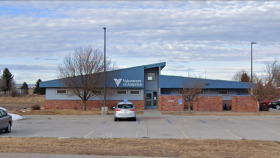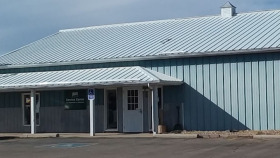Substance Abuse Statistics in Casper WY
Overall rates of substance use in Casper and surrounding areas are relatively low compared to national averages. But the region still faces rising rates of drug and alcohol use as well as drug-related hospitalizations and deaths. Here are a few more recent statistics about drug and alcohol issues in Casper and Natrona County:2, 3, 4
Between 2019 and 2020, the number of statewide overdose deaths due to synthetic opioids jumped from 17 to 42.
Between 2016 and 2018, 21% of hospitalizations were opioid-related, while another 22% were due to other non-opioid pain medications.
The largest overdose rate occurred among older teens between 15 and 19.
Levels of Care for Rehabs in Wyoming
A continuum of treatment is available to meet individuals at the level of care they need for successful recovery.
Detox
Detox is often the first step, which is completed before Wyoming residents begin a formal treatment program. It is the process of safely and comfortably clearing your system of all drugs and alcohol. This occurs in a supervised setting such as a hospital or inpatient rehab.
Residential or Inpatient
Residential or inpatient treatment is the most intensive level of care, offering 24/7 supervision while you live at a facility. In this setting, you will typically participate in individual, group, and family therapy sessions, and you may receive other holistic therapies as well as medication.
Partial Hospitalization Programs (PHPs)
PHPs often involve many of the same treatment methods used in an inpatient setting. The difference is, you only stay at the facility during treatment times, then return home.
Intensive Outpatient Programs (IOPs)
IOPs provide several hours of treatment throughout the week. This usually includes individual and group therapy. This type of program is a step down from partial hospitalization, and many Wyoming residents transition to IOPs after completing a residential or PHP program.
Standard Outpatient
Standard outpatient programs provide a couple of hours of care per week, typically with a therapist in their office or at an outpatient clinic. These programs are appropriate for individuals who have mild addictions and strong support systems.
Aftercare
After care, or relapse prevention, offers ongoing support after you complete a treatment program. This may include 12-step meetings, transitional housing, or therapy.
How to Pay for Addiction Treatment in Casper, Wyoming
Private Insurance
The Mental Health Parity and Addiction Equity Act requires all insurance companies to cover substance abuse to some extent. However, each plan differs, so Wyoming residents must contact their provider to confirm specific coverage under their plan.
Wyoming Medicaid
Wyoming Medicaid is a joint state and federal government program that provides coverage for medical care for low-income Wyoming residents. This includes some drug and alcohol treatment services. To qualify, Wyoming residents must provide proof of residency and meet income requirements. Additionally, to use Medicaid coverage for treatment, the rehab center must accept Medicaid as a form of payment.
Wyoming Medicare
Medicare is a federal government health insurance program that provides coverage for Americans aged 65 and older, as well as individuals with certain disabilities. Some forms of addiction treatment are covered under various Medicare plans. Not all rehab facilities accept Medicare, so it’s important to confirm accepted methods of payment before enrolling in a program.
TRICARE in Wyoming
TRICARE in Wyoming (West region) provides health insurance coverage for U.S. veterans, military personnel, and their dependents. This coverage includes addiction treatment services.
Sliding Scale Rehabs
A majority of Wyoming’s rehab centers offer treatment services on a sliding-fee scale.6 This means you pay what you can afford based on your income. To qualify, you must provide proof of income.
IHS-Funded Drug Rehabs
The Indian Health Service (IHS) is a government health program that provides low-cost or free SUD treatment services for Native Americans and Native Alaskans.
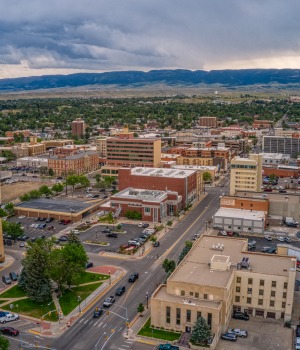
Local Info: Visiting Casper, WY
If you’re looking for alcohol and drug rehab in Casper and Natrona County, or if you’re supporting a friend or loved one who’s receiving treatment at a drug and alcohol rehab in the area, you may want to know some facts about traveling to Casper and amenities available in the area:5
- Casper is a busy city with plenty of cultural venues, restaurants, and outdoor attractions, including Fort Casper, a reconstructed Army post from 1865.
- The city is home to the Nicolaysen Art Museum and the National Historic Trails Interpretive Center as well as numerous theater and art venues.
- Casper can be reached via Interstate 25 from the North and East.
- Casper is served by the Casper-Natrona County International Airport, just west of the city.
- The city has a full-service public transport system, with routes running every day from key locations throughout Casper.
- Casper has more than 30 hotels and motels, including most major national chains such as La Quinta and Days Inn.
Wyoming Drug and Alcohol Laws
In Wyoming, the following laws govern substance use and addiction treatment policies throughout the state:1,2,3,4
Wyoming Good Samaritan Law: This law differs somewhat from other state Good Samaritan Laws. In Wyoming, any resident who renders care or assistance at the scene of an emergency (including drug overdose) won’t be held liable for civil damages. However, the law does not provide legal immunity for possession of controlled substances.
Naloxone Standing Order: Wyoming law allows anyone who might be at risk of an opioid-related overdose to get naloxone from a pharmacy without a prescription. Anyone who might be in a position to help someone at risk of overdose can also get naloxone without a prescription.
Involuntary Commitment: In Wyoming, anyone with a serious mental health disorder who presents a danger to themselves or others can be involuntarily admitted to a treatment facility. However, this law only applies to drug or alcohol addiction if the addiction co-occurs as a secondary diagnosis with a mental illness. The law excludes addiction as a singular condition that would allow for involuntary treatment.
Court Supervised Treatment: Wyoming’s Court Supervised Treatment Program allows non-violent and juvenile offenders who plead guilty to alcohol-related or drug-related crimes to complete a court-supervised addiction treatment program instead of being incarcerated. The program requires a 12-month minimum commitment
Resources
- Department of Public Health, Wyoming. (2019). Drug Overdose Dashboard.
- Centers for Disease Control and Prevention. (2022). National Center for Health Statistics: Wyoming.
- Substance Abuse and Mental Health Services Administration. (2019). 2018-2019 National Survey on Drug Use and Health. National Maps of Prevalence Estimates, by State.
- Tufts University School of Medicine and Wyoming Department of Health. (2021). Opioid Vulnerability Assessment.
- City of Casper, Wyoming. (n.d.). About Casper Wyoming.

